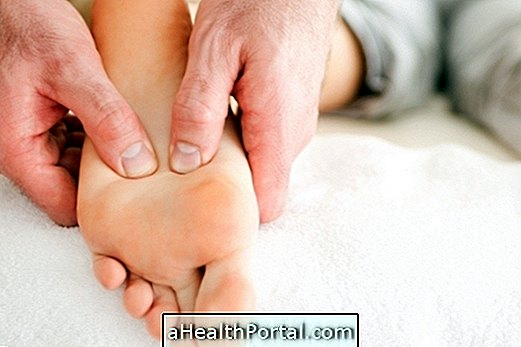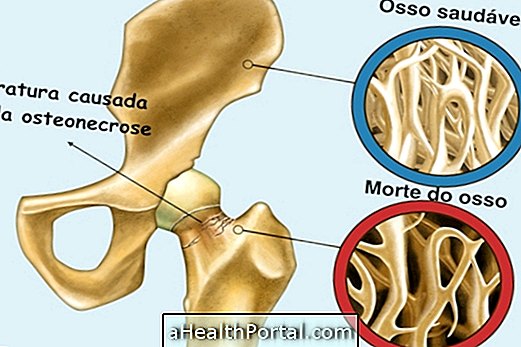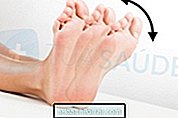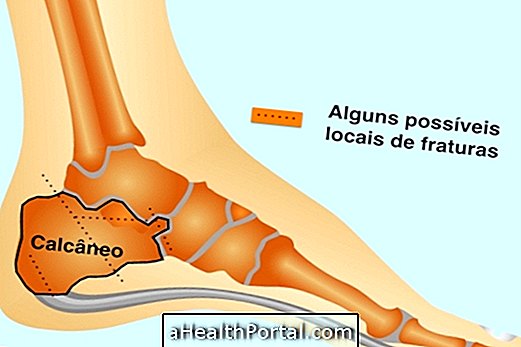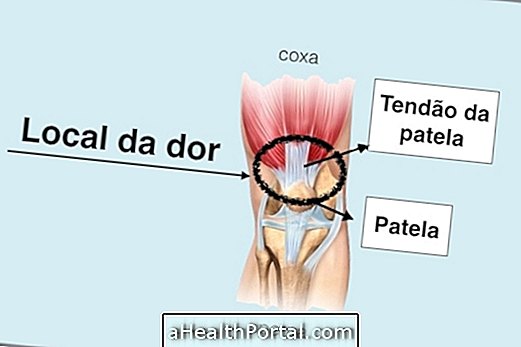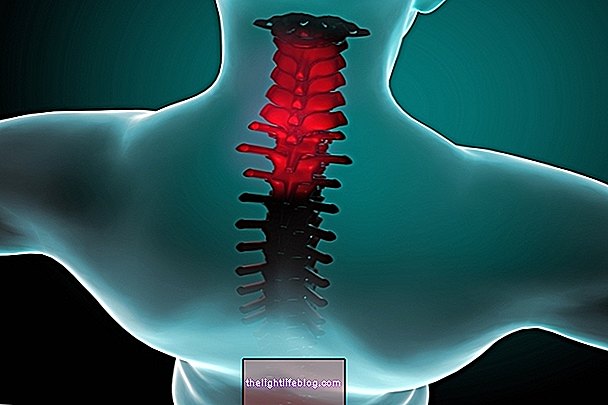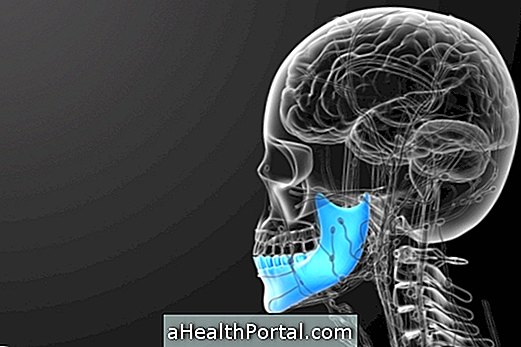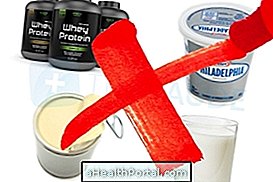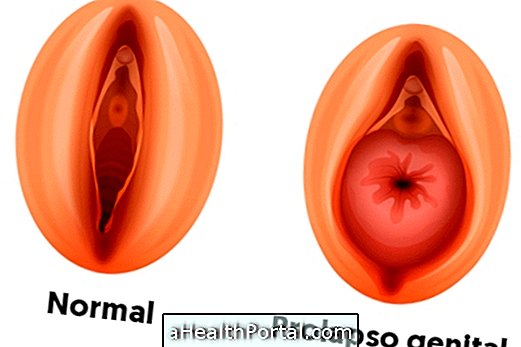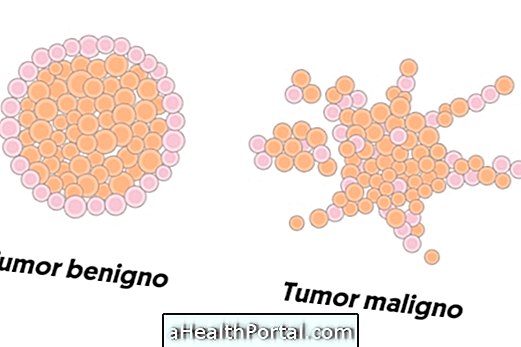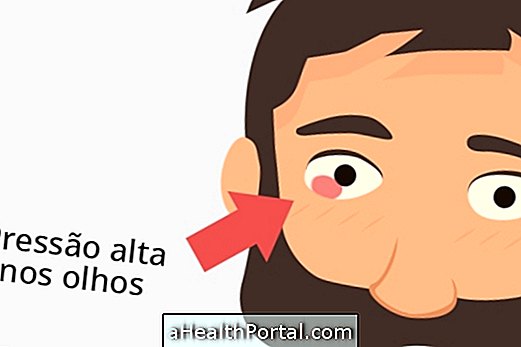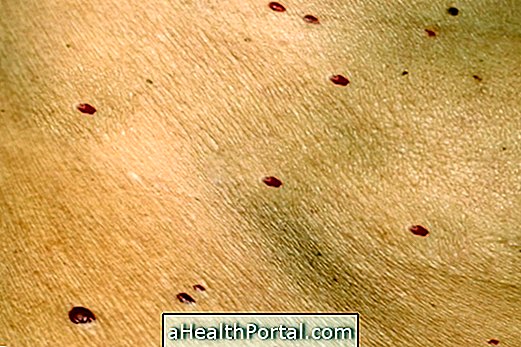Tendonitis in the elbow is an inflammation that occurs in the tendons of the elbow, which causes pain when performing arm movements and a hypersensitivity to touches in the elbow region. This injury is usually caused by strains or repetitive and forced wrist movements during flexion or excessive stretching when playing sports.
Excessive use of muscles, tendons, and ligaments of the elbow causes microscopic ruptures and local inflammation. When the affected site is one of the lateral extremities of the elbow, the lesion is called epicondylitis and when the pain is located more in the middle of the elbow, it is called elbow tendonitis, although the only difference is the affected site.
This type of tendonitis is common in racquet sports athletes, especially when using inappropriate techniques. Another cause is overuse of the elbow muscles in repetitive jobs, such as in the industry or typing.
Symptoms of Elbow Tendonitis
Symptoms of tendonitis in the elbow:
- Pain in the elbow region;
- Difficulties to perform movements with the affected arm;
- Hypersensitivity to touch;
- There may be tingling and burning sensation.
The diagnosis of this tendonitis can be made by the orthopaedist or the physiotherapist through specific tests performed in the office, but to make sure that the tendon is injured can perform additional tests, such as radiography or magnetic resonance imaging.
Treatment for Tendonitis in the Elbow
The treatment usually done by combining medications and physical therapy. The medications used are anti-inflammatory and muscle relaxants, which control inflammation and ease the symptoms.
Daily ice packs are important allies in this treatment and can be a good option to relieve pain and should be used for 20 minutes, 3 to 4 times a day. In some cases, immobilization of the elbow may be necessary for the tendon to heal.
During the treatment, the pace of physical activity must be slowed down and, to strengthen muscles and ligaments, some physiotherapy sessions are recommended. Learn more details of the treatment here.
See how feeding and physiotherapy complement each other in the treatment of tendinitis:


